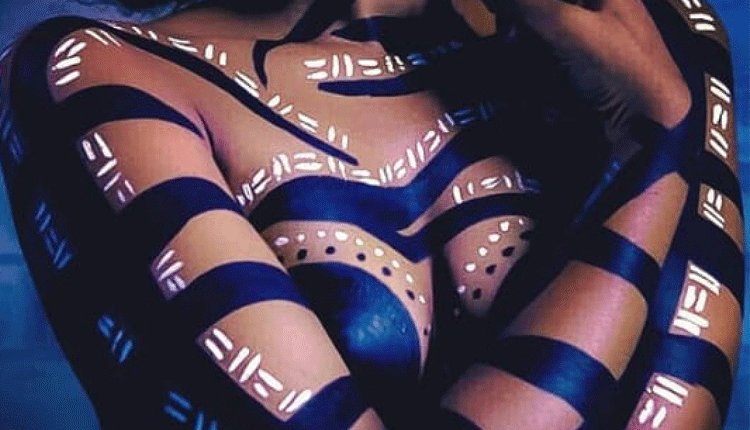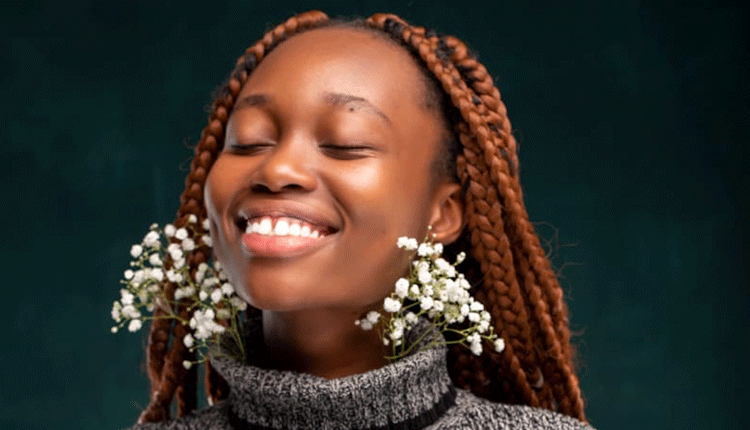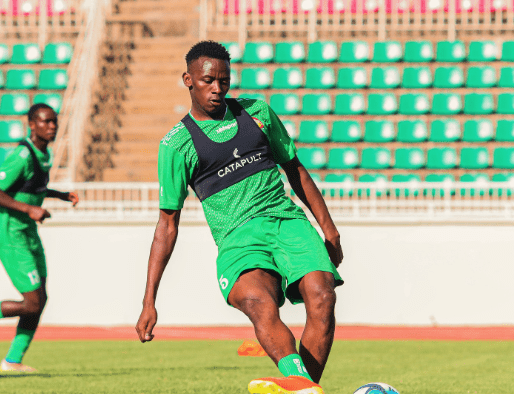When body art means more than just patterns

The beauty of art is how limitless it can be. There is only so much space for creativity and uniqueness.
And while musicians and actors take the biggest slice of the cake, it does not change the many amazing things happening on the ground including body painting.
This form of art has deep roots in African culture. And it is obvious this trend is taking a much bigger turn, with more young artistes sprouting to showcase their prowess.
Yona Mudibo is one of the most popular body artists in Kenya today. This art form has been with him since childhood.
“The origin of my pattern is drawn from my love for mazes. I liked doing mazes when I was a child and I figured I could incorporate it into my art.
That, plus my inspiration from henna drawings has influenced my patterns in body art. I started doing art professionally in 2014, and incorporated the design around the same time.
I started using the designs in body art around 2016. I also do other artworks, including oil painting, string art, and murals,” he says.
The art form was various African cultures to celebrate milestones, protect individuals, and mourn.
Traditionally, body paint was mixed from natural ingredients and smoothed on the skin with fingers, sticks, or grass. Oil, clay, and chalk were the most common paint ingredients.
Amongst coastal tribes in Kenya, the use of henna for body art still remains very common to indicate certain periods in a person’s life such as marriage.
While there are misconceptions around the art and for some, the thought of having paint on a big portion of their skin would seem off, many of Mudibo’s clients are quite comfortable with him working on them, especially after seeing his works on social media.
“Some misconceptions I have heard about body art is that the practice is satanic because of the symbols and patterns.
I think this was probably drawn from the colonial influence that tried to dampen the culture of body art in African communities.
I once heard someone say body art is for children. To those, I invite them to see my style.
Many body artists have worked on their craft into artworks, and people should give the genre a chance,” he adds.

Eugiene Ambaka and Kita Akinyi of Gient Arts and Design make some of the best African-themed patterns depicting authentic African cultural identity.
The body art journey for them peaked in 2016, but they also engage in other forms of art that includes shoe painting and fabric customisation, portraits and pencil drawings.
Kita says her favourite thing about body art is the ability to use it as a medium of communication, expression of inner thoughts, ideas and imagination.
Market dynamics
“The pattern is our originality; a personal adornment and medium of communication both in abstract and figure form combination, rooted in our collective motherland beliefs.
The market value for art at times does not resonate with the investment incurred. Certain materials are not locally available and sourcing abroad is a tedious and costly affair.
Middlemen interference in the selling and buying of art is also a huge challenge, as some extort artists and later on sell the same art piece at a higher price,” she says.
She adds: “The body art market niche is picking pace, with more people embracing and valuing it.
The future looks bright, as it’s been incorporated in different fashion affairs, photo shoots and spicing content.
Most people view body art as just a mere children’s face paint fun affair, while some relate it only to traditional occasions only rather than as a fashion additive that has been passed down from generations and a medium of communication and celebration of our true African identity.”
Tumaini Debora, who started her artistry just a few months ago, has been receiving a lot of positive response from her online audience, who especially fell in love with her pattern dubbed Mandala.
“The pattern originates from Buddhism and Hinduism, and that’s why it is often seen within the Indian culture.
Basically, it represents the universe; in the fact that everything is cyclic as in, ‘never ending’.
What inspires me is that I can be the one that brings something new to the scene.
I’m all about change, so it inspires me to satisfy people’s need for change. My favourite thing about mandala body art is the thrill of creating art on an unconventional kind of canvas.
Each time, it’s a different kind of body to create art on, and so it creates a sort of adventure for me,” she intimates.
She adds that there is always misconceptions as some people may think that they’ll have exposed too much of their skin or be subjected to nudity.
But she says it all depends on the client and what they are comfortable with. Others may fear allergic reactions to the paint.
Deborah says she chose to invest in this art form because it’s a ‘new’ space with great potential.
“Challenges would be in the pricing. A client may feel it shouldn’t be as expensive because they’ll clean it up by the end of the day. But the price has to be high because it’s quite a labouring task.
Creating a masterpiece on a body that has, bumps, curves, and turns is not as easy as working on a flat surface.
I feel there’s still so much to be tapped that hasn’t been, especially now in Kenya,” she shares in conclusion.











